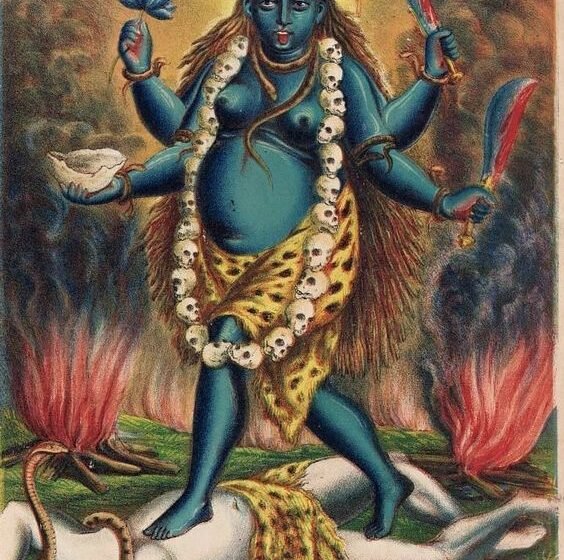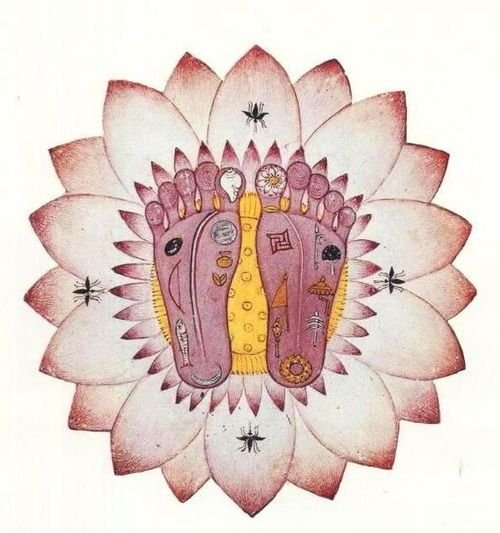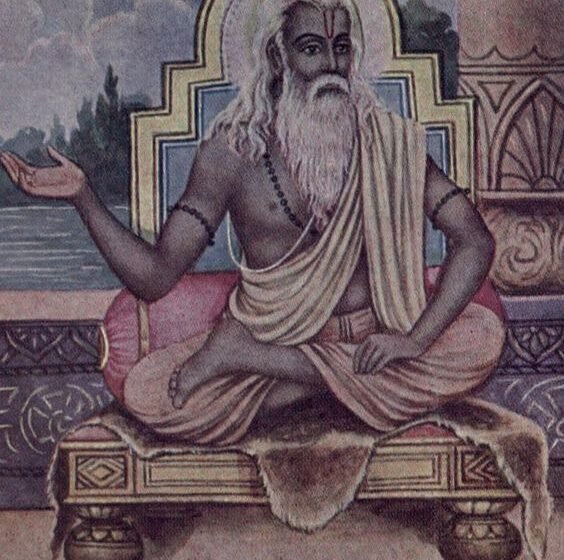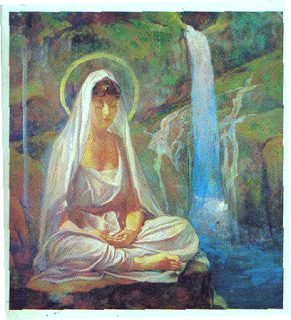-Anushka Sengupta The Rigveda is one of the oldest sacred texts still in use today. The Rigveda is more than a spiritual text; it is a cultural and historical record of early Indo-Aryan civilization. The Rigveda weaves together a series of hymns that, although mainly honouring cosmic and divine powers, also occasionally acknowledges human actors […]Read More
Tags : Rigveda
In the vast and intricate pantheon of Vedic mythology, numerous deities and celestial beings occupy roles that shape cosmic order, human destiny, and divine craftsmanship. Among these, the Ribhus stand out as a trio of divine artisans, renowned for their unparalleled skill and ingenuity. Unlike the more widely recognized deities such as Indra, Agni, or […]Read More
Bhaga is a lesser-known but significant deity in the early Vedic pantheon, primarily associated with wealth, prosperity, and good fortune. He was once worshipped alongside Surya, the Sun God, and was considered one of the Adityas—celestial deities in Hinduism. His role in early Hindu thought, particularly in the Rigveda, highlights his importance as a distributor […]Read More
The Indus River is of monumental historical importance because it is the bloodstream of one of the oldest civilizations-the Indus Valley Civilization. The river stretches over 3,180 kilometres from the Tibetan Plateau through India and Pakistan and has nourished thousands of years of cultures, economies, and communities. The fertile plains and boundless water resources of […]Read More
Tara also known as the compassionate saviour and protector of humanity, who liberates the humans from the continuous cycle of birth and rebirth, is the second Mahavidya goddess in Shaktism and tantric traditions. She is believed to be the avatar of the great Mother Goddess Mahadevi. Her name means star in Sanskrit and symbolizes her […]Read More
The Lotus flower also known as the sacred lotus is an aquatic plant species that grows in murky, dirty conditions. Despite of being rooted in the mud, it petals bloom stainless and often this quality of the flower is associated with the aspect of purity. Furthermore, the flower’s act of blooming at dawn and closing […]Read More
Vyasa, also known as Vedavyasa, is a revered sage in Hindu tradition, celebrated for his profound contributions to ancient Indian literature and philosophy. Born as Krishna Dvaipayana, he is hailed as the compiler of the Vedas, the ancient scriptures of Hinduism, into their four distinct parts: Rigveda, Samaveda, Yajurveda, and Atharvaveda. His magnum opus, the […]Read More
In the mystic realms of ancient Vedic India, a luminary figure graced the tapestry of philosophical wisdom—Lopamudra, also known as Kaveri, Kaushitaki, and Varaprada. She transcended the conventional roles of her time, not merely as the revered consort of the sage Agastya, but as a formidable philosopher in her own right. The echoes of her […]Read More







